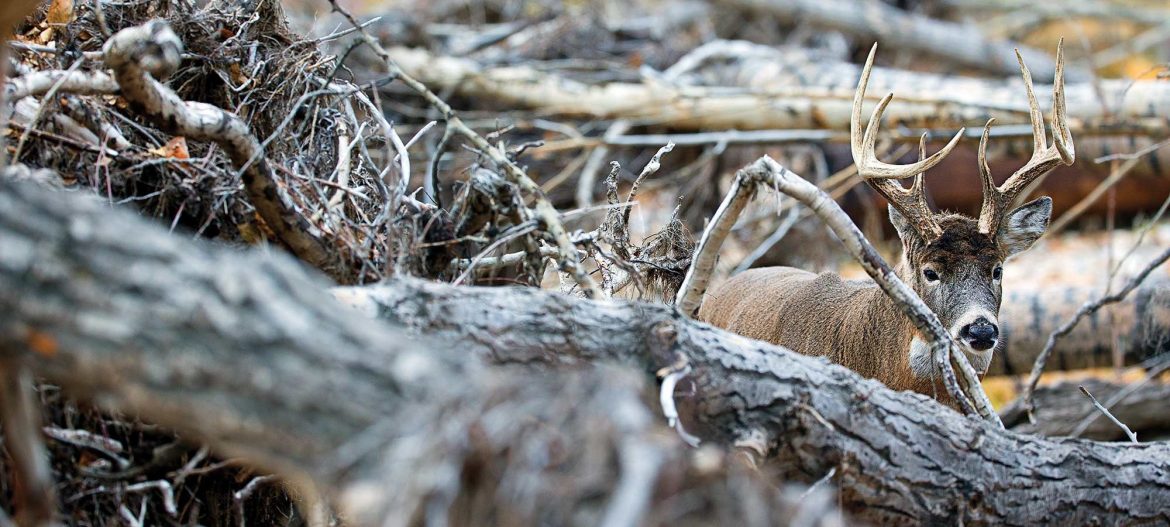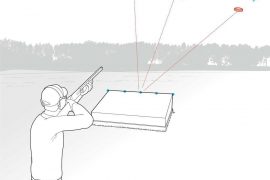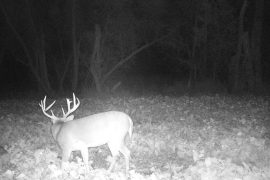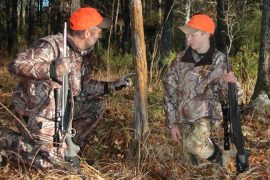
I know big deer like thick cover, I remember thinking, but this is ridiculous. A snake couldn’t slither through this.
Seconds later a raucous commotion erupted as a buck with tall, white antlers materialized, bounded over the fallen logs, and vanished deep into the jumble of toppled trees, shrubs, and greenbrier.
That was my first exposure to how landscapes ravaged by extreme weather can become big-buck hotspots. I vowed it wouldn’t be my last. In fact, shortly after that public-land encounter, the remnants of Hurricane Isabella struck the 117 acres I live on, toppling dozens of huge trees and creating superb deer cover right out my back door.
Areas damaged by tornadoes, hurricanes, and tropical storms may initially look impenetrable by man or beast. But gaze closely and you’ll find many of them actually have narrow paths bucks have somehow teased out through the tangle of tree trunks, branches, shrubs, and briers. Dig further, and you’ll likely discover beds.
You’ll rarely see smaller doe and fawn beds in such areas, I’ve found. The going is just too rough for their tastes.
But these spots are perfect as part of the core home area for either a single reclusive buck or a group of bachelor bucks, with super-thick bedding cover seldom penetrated by humans. And that’s just how you should leave them: undisturbed, except for brief scouting forays. Do that, and these massive logjams will also become prime late-season escape destinations for other bucks when hunting pressure builds.
Thick cover isn’t all that deer will find. The new habitat offers a bounty of foods, without the hunting pressure bucks encounter on food plots, cropfields, and orchards. The menu starts with branch tips of the downed trees and their plentiful twigs, buds, and leaves. Depending on when the extreme-weather event struck, hard mast may add to the buffet. I hunted one spot where all the white oaks with ripe acorns were suddenly toppled at once during a major September storm. That place was littered with nuts—and bucks.
A fallen tree may also retain some attachment to the root cluster, allowing it to live for a while in a horizontal position and provide additional green forage, essentially like an enormous hinge cut.
As this initial cornucopia dwindles, a new explosion of low-growing edible plants takes off from sunlight suddenly penetrating to the forest floor. Blackberry, greenbrier, forbs, and saplings all enhance the attraction of storm-damaged areas.
The food and cover are so appealing that some bucks may virtually never leave. But most do at times to sample varied forage, establish dominance in the herd, and participate in the…





